
Getting to grips with glasshouse mealybug
5 Minute Read
Dr Ian Bedford tells us everything we need to know about the 'bug of the month' for October, glasshouse mealybugs.What are Glasshouse mealybugs?
Each year, as autumn arrives and the growing season ends, it’s likely that many general gardening jobs become less urgent, and with the weather turning colder, there’s perhaps a little less enthusiasm to do them, too.This time of year is an appropriate time to pay some attention to the houseplants that we might have neglected a little over the past few months, and which could be hosting some common plant bugs that find their way into our homes during the summer months. In particular, the sap-sucking bugs such as mealybugs, aphids and whitefly.
Despite being relatively easy to see, sap-sucking bugs can can be identified by the presence of black sooty mould, which grows on the leaves and surrounding surfaces where the bugs have excreted sugary honeydew. Fleshy-leaved plants, cacti, and succulents should be inspected for Glasshouse mealybug, a sap-sucking plant bug that infests these plants.
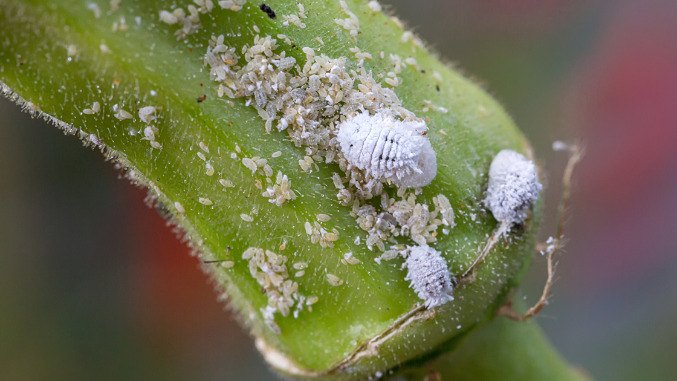
Where can mealybugs be found?
Glasshouse Mealybug, which could be one of a few different species found in Britain, originate from tropical regions of the world - and while they are found on certain outdoor plants during summer, they cannot survive the cold of a British winter.
However, these pests can survive all year round, particularly on fleshy-leaved plants, cacti and succulents grown within a warm home or greenhouse, where heavy infestations can cause serious damage.
How to identify mealybugs
Identifying a Glasshouse mealybug infestation is relatively easy since it’ll comprise of clusters of oval shaped, powdery grey coloured bugs, around 4mm in length, amongst a mass of fluffy white waxy that resembles a fungal growth.
These mealybug will almost all be females, since adult male mealybug resemble tiny dark winged gnats that are very short-lived and rarely seen, and, amongst the infestation and the fluffy wax, the females will have mated and laid hundreds of eggs, which will hatch into nymphs after a week.
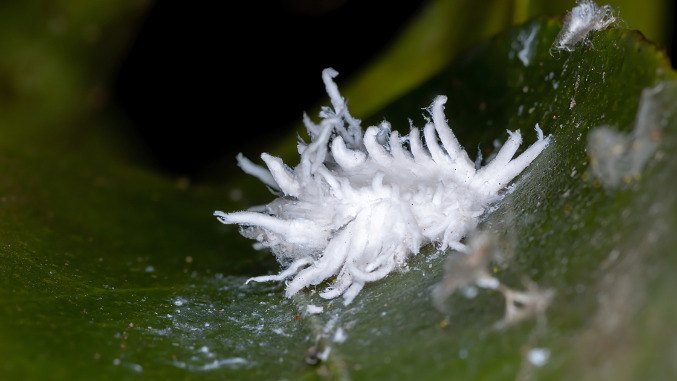
How long do mealybugs live?
Unlike the adults, the yellow coloured nymphs are mobile and rapidly spread over an infested plant like a layer of dust, from where they will disperse to new locations, often on pet fur or via clothing.
Once on a new host plant, the nymphs begin feeding on its sap and, over the following four weeks, mature, mate and produce the next generation of mealybug.
How to control mealybugs?
Being so prolific, with such a rapid lifecycle, it’s understandable how mealybug can become such a problematic pest of certain plants and why they need dealing with.
Although chemical products are available, extreme care must be taken when applying within a home or enclosed environment, and the label instructions strictly followed.
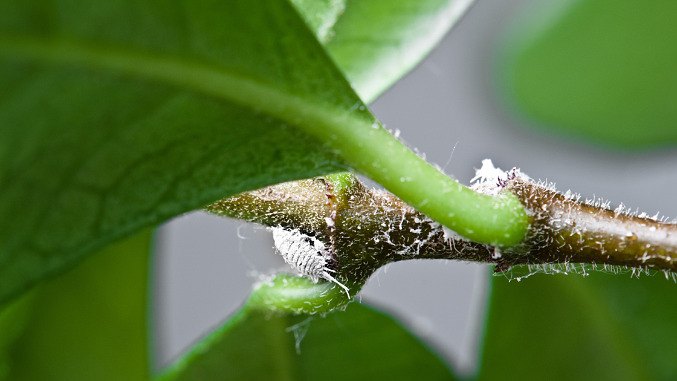
Natural solutions to control mealybugs
A much safer option would be to try and find the mealybugs when they first infest, before the females have matured and started laying eggs, using a cocktail stick to remove infestations manually.
It’s far more likely that these pests are spotted after they’ve matured and already laying eggs; in this case, remove as many as possible, and thoroughly spray the plant with SB Plant Invigorator, a non-toxic, soap-based plant protection essential.
Applying SB Plant Invigorator to the infested plant weekly for the following month will break the infestation cycle and effectively control mealybug. Then, fortnightly applications should prevent a new infestation from establishing.
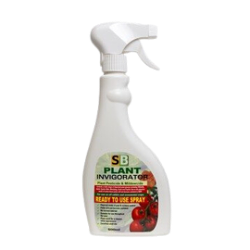
Shop SB Plant Invigorator
SB Plant Invigorator controls of a wide range of important pest species including whitefly, aphid, spider mite, mealybug, scale and psyllid. It also helps prevent powdery mildew. Suitable for use on edible and ornamental crops.SB Plant Invigorator has a physical mode of action and is not required to be registered as a plant protection product.
Usable in integrated pest management regimes and compatible with a range of beneficial insects and mites.
BUY NOW
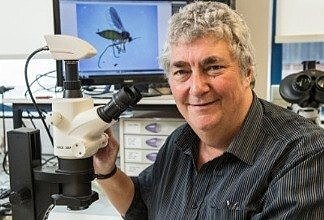
About Dr Ian Bedford
Ian has been fascinated by the bug world for as long as he can remember. From studying butterflies on the South Downs as a youngster, he went on to pursue a career in Research Entomology and ran the Entomology Dept at the John Innes Centre in Norwich up until his recent retirement.Ian now works as an independent entomologist offering advice to companies developing environmentally safer plant protection products.
VISIT WEBSITE

'Bug of The Month'
Welcome to 'Bug of the Month' with Dr Ian Bedford.Every month Ian will shares his knowledge on how to protect your plants and gardens from preventable pest invasions while providing valuable insights into the insects regularly found in our gardens.
find out more
Comments (0)
Why not be the first to send us your thoughts?
